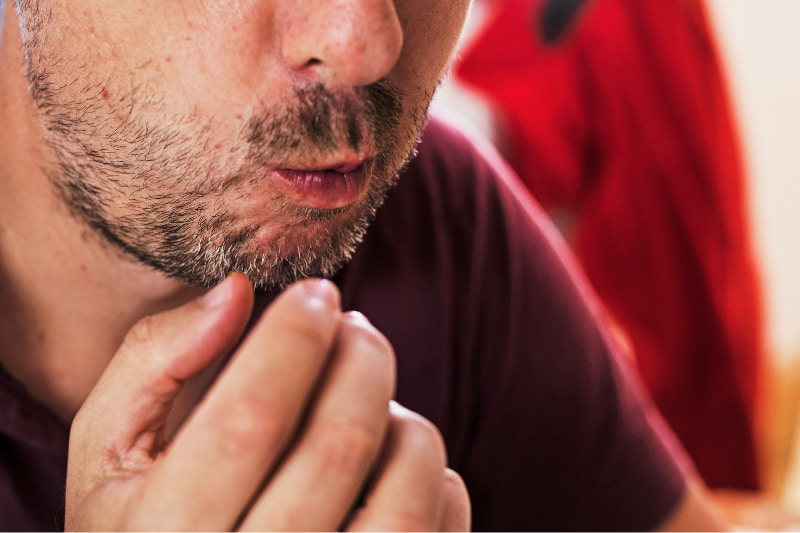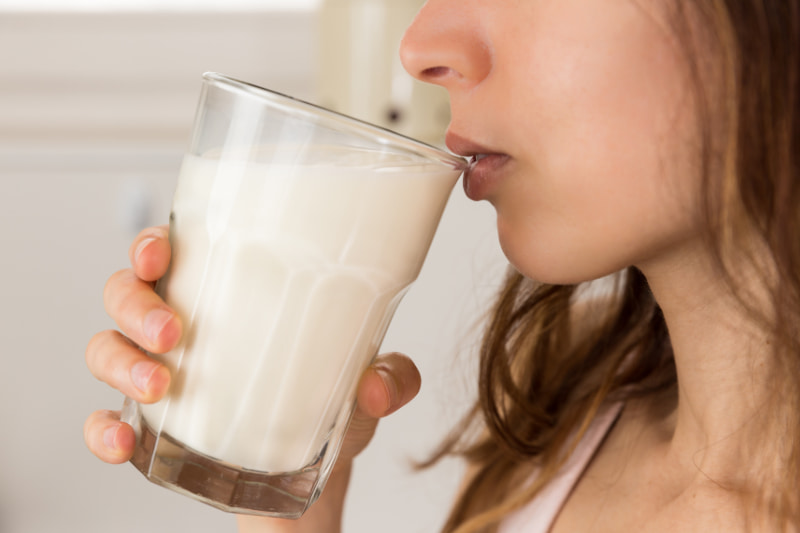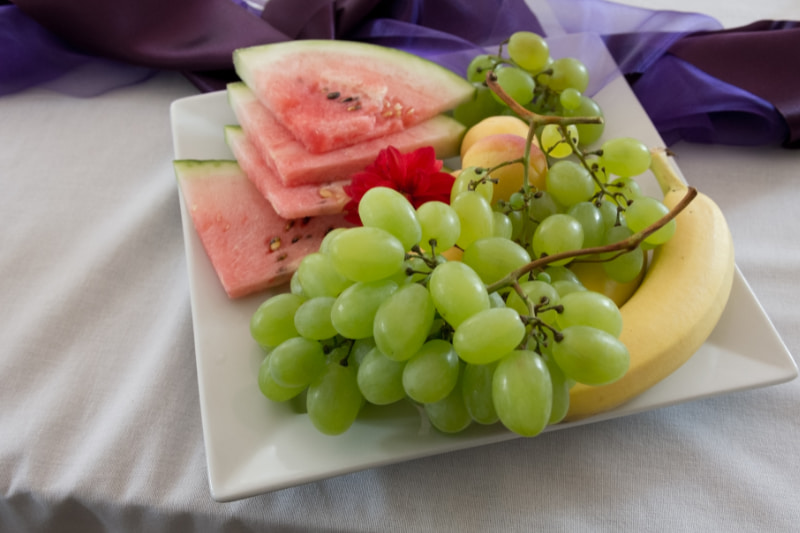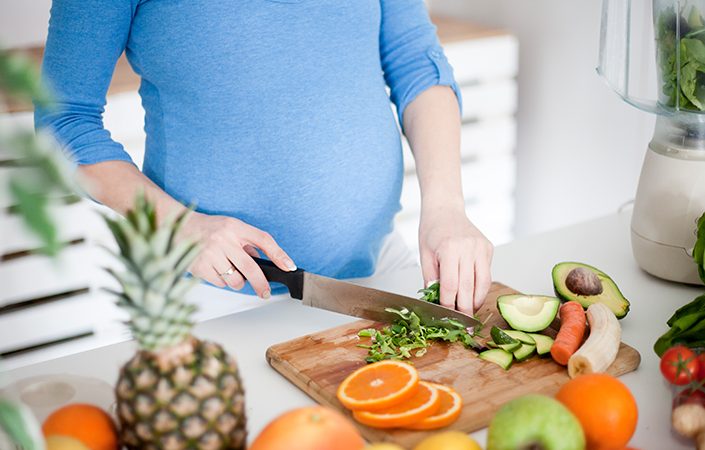
The world is full of odd diets and strange bits of nutrition advice. You’ve probably heard of trends like clean eating or intermittent fasting, maybe even things as infamous as the South Beach Diet or Atkins.
In fact, according to Louise Foxcroft, a historian of medicine, fad diets have been around since about the 16th century, Luigi Cornaro published his weight loss book with tips on extreme calorie restriction. Now, thanks to the steady growth of media influence numerous “diet gurus” have captured the attention of huge audiences (sometimes dangerously so).
One thing that becomes evident as you read through these crazy diets is that so many of them are still reflected in the way many people eat today, their influence has left a clear mark on societies relationship with food.
Chewing And Spitting

In 1899 Horace Fletcher (also known as the Great Masticator) published his diet book ”Glutton or Epicure” which outlined a diet theory wherein you could shed pounds simply by chewing every mouthful to liquid then spitting out any remaining solids. In fact, followers believed that chomping their food at the rate of 100 bites per minute.
If you’re considering giving this wacky diet a go then we warn you, there is absolutely no scientific evidence to support it.
The Milk Diet

Hailed “fitness guru” Bernarr Macfadden had some pretty questionable thoughts about weight loss. He championed fasting and raw foods – not unfamiliar in this day and age but it wasn’t quite that simple. After a period of fasting, Macfadden suggested an all-milk regime that he believed would restore health, heal injuries and clean the body cells of all “organic toxins.”
For every 25lbs of body weight, followers would drink one quart of milk meaning they’re getting protein, fat and carbohydrates, but no fibre or phytonutrients.
A balanced diet is so important, making sure you’re getting all of your macros in and making every calorie count. Choosing a meal plan over a crazy diet is always a better option to help you get into the swing of a healthy lifestyle.
The Fruitlands Diet

The residents of the Fruitlands commune which existed from 1843 to 1844 started each day on their Massachusetts farm with a cold shower, fruit plate and a glass of water, the diet was intended to purge humans of animalistic qualities. They banned slave-produced goods and animal products and even went so far as to refuse to fertilize their crops with manure and avoided root vegetables like potatoes, beets and carrots.
But the diet was not nutritionally complete, there are some benefits to avoiding animal fats it was lacking in other essential nutrients.
The Special K Diet

In the 1920s many celebrity dieters checked into what eventually became known as the Battle Creek Sanatorium in Michigan which eventually came under the supervision of Dr. John Harvey Kellogg. It was here that they signed up for their intestinal spring cleans. In fact, Kellogg frowned on consuming alcohol and meat and believed he could improve America’s intestinal health with grains that were processed to facilitate digestion.
Enter corn flakes. Believing that the fibre and the prescribed daily pint of yoghurt (half of which was as an enema) would sweep guts clean and the bland flavour would calm the libido it became a popular diet – but not a very nutritionally rounded one.
Now, unlike the late, great Dr. Kellogg the Kcal Extra nutrition team have spent years training and getting to grips with the ins and outs of a health, balanced and nutritiously dense diet and they’ve translated that into the delicious recipes on our plans.
The Cotton Ball Diet

This one doesn’t just border on being ridiculous but rather runs full pelt into the uncharted territory. To think, there was a point in time when people thought it was a good idea to replace their food with cotton balls soaked in liquid.
The method behind this madness is that the cotton balls give your stomach the illusion of being full and therefore prevent you from over-eating. It should go without saying that this diet is incredibly dangerous and offers zero nutritional value.
So, it’s pretty safe to say that dieting is not the way to achieving your goals and the best (and safest) way to stay healthy is by eating balanced meals packed full of nutrients. If you’re still confused about what you should be eating to lose weight though why not let us give you a hand?
Written by Lauren Jacobsen, Nutrition Director



